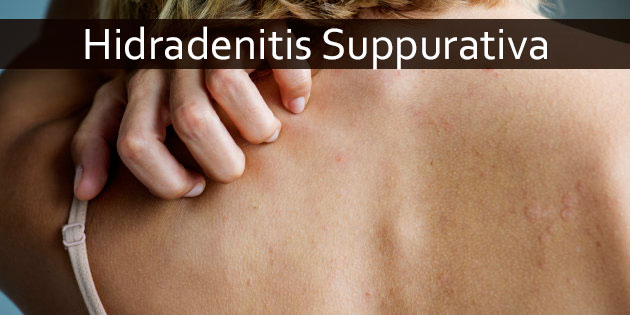Estimated reading time: 0 minutes
Hidradenitis Suppurativa (HS), a persistent skin ailment marked by painful abscesses and nodules in areas of skin friction, can significantly benefit from an individualized Ayurvedic treatment strategy. Ayurveda views HS through the lens of doshic imbalances, primarily seeing it as a disturbance in Pitta and Kapha doshas, along with an accumulation of ama (toxins) in the body. Customizing Ayurvedic remedies to address these imbalances offers a comprehensive method to alleviate HS symptoms.
Assessing the Individual’s Ayurvedic Profile
1. Determining Prakriti: Understanding a person’s inherent doshic makeup (Vata, Pitta, Kapha) illuminates their natural health tendencies and vulnerabilities, including susceptibility to skin conditions like HS.
2. Evaluating Vikriti: Assessing the present doshic imbalances (Vikriti) is vital for creating a bespoke treatment plan. The manifestation of HS often suggests an overabundance of Pitta (reflecting in inflammation) and Kapha (leading to cysts and lumps).
Customized Ayurvedic Diet for HS
– Balancing Pitta and Kapha with Diet: A diet that minimizes Pitta and Kapha provocation is recommended for HS management. This involves eating cooling, easily digestible foods while avoiding triggers like dairy, fried items, and excessively spicy foods.
– Incorporating Cleansing Foods: Adding foods with detoxifying properties, such as turmeric, ginger, and greens, aids in reducing ama and supports the body’s detox pathways.
Personalized Herbal Interventions
1. Detoxifying Herbs:
Blood-purifying herbs like Neem (Azadirachta indica) and Manjistha (Rubia cordifolia) play a crucial role in clearing blood impurities and mitigating skin inflammation.
2. Herbs for Inflammation:
Utilizing anti-inflammatory herbs, including Turmeric (Curcuma longa) and Guduchi (Tinospora cordifolia), helps in managing inflammation and bolstering the immune system.
3. Herbal Topical Solutions:
Applying Aloe vera and coconut oil mixed with healing herbs such as Triphala directly on the skin can provide relief from inflammation and aid in healing.
Lifestyle and Stress Reduction Techniques
– Adopting a Structured Routine (Dinacharya): A consistent daily schedule that prioritizes skin care, physical activity, and stress management techniques like meditation can markedly improve HS symptoms.
– Encouraging Gentle Exercise: Engaging in mild physical activities that do not irritate the skin but promote overall well-being and stress reduction is beneficial.
Supplementary Ayurvedic Therapies
1. Panchakarma for Detoxification: Specific individuals may find Panchakarma therapies, such as Virechana (purification), effective in removing deep-seated toxins and rebalancing the doshas.
2. Localized Ayurvedic Procedures: Applying warm medicated compresses can help in detoxifying the skin, reducing swelling, and facilitating toxin release.
Ongoing Evaluation and Adaptation
Regularly monitoring treatment efficacy and making necessary adjustments ensures that the Ayurvedic regimen remains aligned with the individual’s evolving health status and HS condition.
Integrating with Conventional Treatments
For comprehensive HS management, combining Ayurvedic practices with conventional medical treatments under the guidance of healthcare professionals offers a synergistic approach to care.
Conclusion
Adapting Ayurvedic treatments to the unique needs of individuals with Hidradenitis Suppurativa involves a holistic strategy targeting dietary habits, herbal medicine, lifestyle changes, and detoxification efforts. This tailored approach not only aims to lessen HS flare-ups but also enhances overall well-being, highlighting the importance of a personalized treatment plan in achieving optimal health outcomes.
Related-
Know More About Ayurveda Hidradenitis suppurative Treatment.
GET IN TOUCH


Recent comments